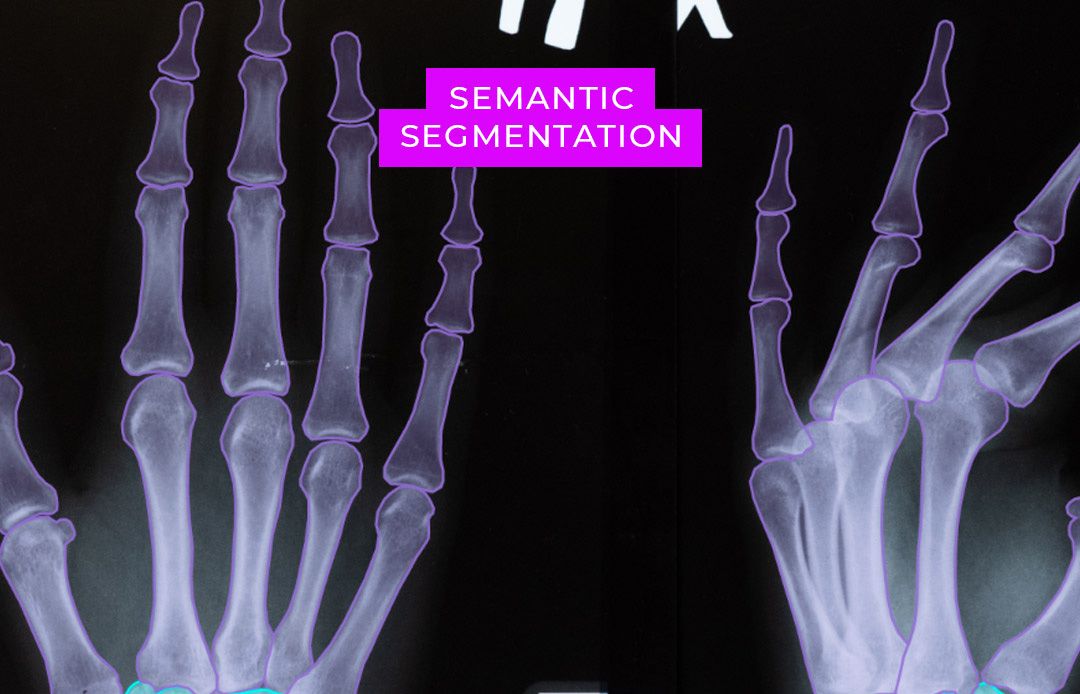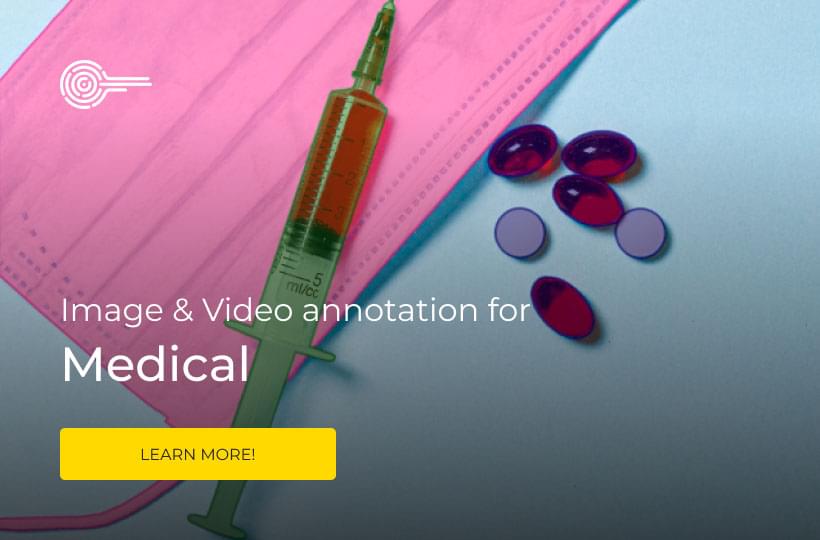Image Annotation for Life Sciences

Image annotation for life sciences includes many different specialities. There are many different applications in different fields. For example, medical image annotation is a specialty. It requires some medical knowledge and expertise for accurate labeling. It makes use of the right medical terminology to have the most useful labels.
Medical AI that enhances automated or robotic surgical tools also uses robotics image annotation. There are different kinds of expertise that are needed in image annotation projects, depending on the desired AI product. Life sciences, being scientific, naturally require more knowledge and expertise.
Artificial intelligence and computer vision can also be leveraged in microscopy. For example, it could be useful to recognize pathogens, bacteria, viruses, and microbes. AI is also useful in the development of new medications. Finally, AI is also good for identifying interactions with existing medications.
Of course, medical data annotation involves handling medical data. Medical data often takes more security. Usually, everyone has to comply with regulations and ethical standards regarding patient records. There is a lot more to consider for any medical image annotation project.
There are different types of image annotation that are useful to life sciences. Drone image annotation is often desirable in the agricultural industry. Things like aerial photography are used for crop analysis, like gathering information on grain fields ready to harvest. Are there any diseases or pests, or weeds? Does it need more water or fertilizer?
Robots can also be used to pick fruit. To do that, the AI has to recognize the fruit, how ripe it is, and so on. It also has to actually pick the fruit without damaging it or the plant. The goal is to reduce waste, increase sales, and be able to feed a global population of 8 billion people that is still projected to grow to over 10 billion.
Like most all farm work, fruit picking is also a physically demanding job with long hours and low pay. Exactly the kind of work that would be great to automate in the future.
AI is also helpful in monitoring and caring for livestock such as cattle. Various livestock is essential food resources. They increase the quality and variety of food available.
AI can collect data from cameras and drones to perform a number of tasks that help ranchers. These include counting animals, detecting diseases, and detecting unusual behavior. AI can be used to track the amount and quality of milk that each dairy cow produces.
AI can also be used to track and ensure access to food and water, and other things that animals need to live a good life.

Applied Life Sciences and Image Annotation Use Cases
- Medical image annotation to train AI to diagnose diseases and injuries.
- Prescribe medications, create new medications and find interactions between known foods and drugs.
- Use in microscopy
- Industrial Agriculture, for use in monitoring and analyzing crops.
- Detecting diseases, pests, and weeds.
- Soil Analysis to know if more water or fertilizer is needed.
- Intelligently apply spray pesticides and fertilizers.
- Harvesting fruit and other crops
- Grading and sorting produce after harvest.
- In ranching, it is useful to count the number of animals.
- Detecting disease and unusual behavior in animals.
- Measuring the quantity and quality of milk produced by dairy cows
- Track and ensure animal access to food, water, and everything needed for them to live a good life.
The Future Demand for AI and Automation in Applied Life Sciences
The goals of AI in life sciences are all good things, meant to ensure as many humans and animals are fed and in good health as possible. That will require both innovation and increased efficiency. Catastrophic climate change will likely decrease the amount of food, water, and medicine available.
There is also a current and projected shortage of doctors and medical staff.
Such a large, growing global human population will increase demand at the same time. This is especially true with improvements in living standards and increased expectations.
That means there is plenty of real need for AI and automation in all life sciences and plenty of practical applications. Meeting this great demand for various AI products and services could be vital to the survival of life on earth in the next 100 years.
To support the development of new AI products and services to meet this demand, specialized image annotation for machine learning will be needed. This is a good news/bad news situation. Because while the world faces serious problems, we do have solutions. All of that increased need and demand is an incredible opportunity for AI companies to step up with new products.
There will be plenty of space for new companies to form and established large corporations to get even larger. That is if they provide the right solutions to keep everyone, humans and animals, fed and healthy.



